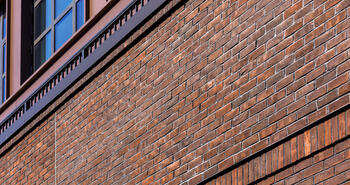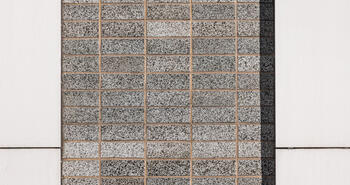Favorites

Morning Dove, Lipped 90 Corner [Custom]

Charcoal Klaycoat

Mink Grey Wirecut, Toledo Grey Wirecut

Mink Grey Smooth

Aluminum Klaycoat, Stone Grey Klaycoat, Urban Grey Klaycoat, Barely Grey Klaycoat, Steel Grey Klaycoat, Charcoal Klaycoat, Asphalt Klaycoat, Custom Klaycoat

50-DD

Cloud Grey Glazed

Meteorite Glazed